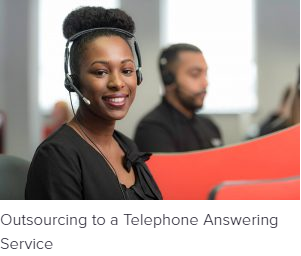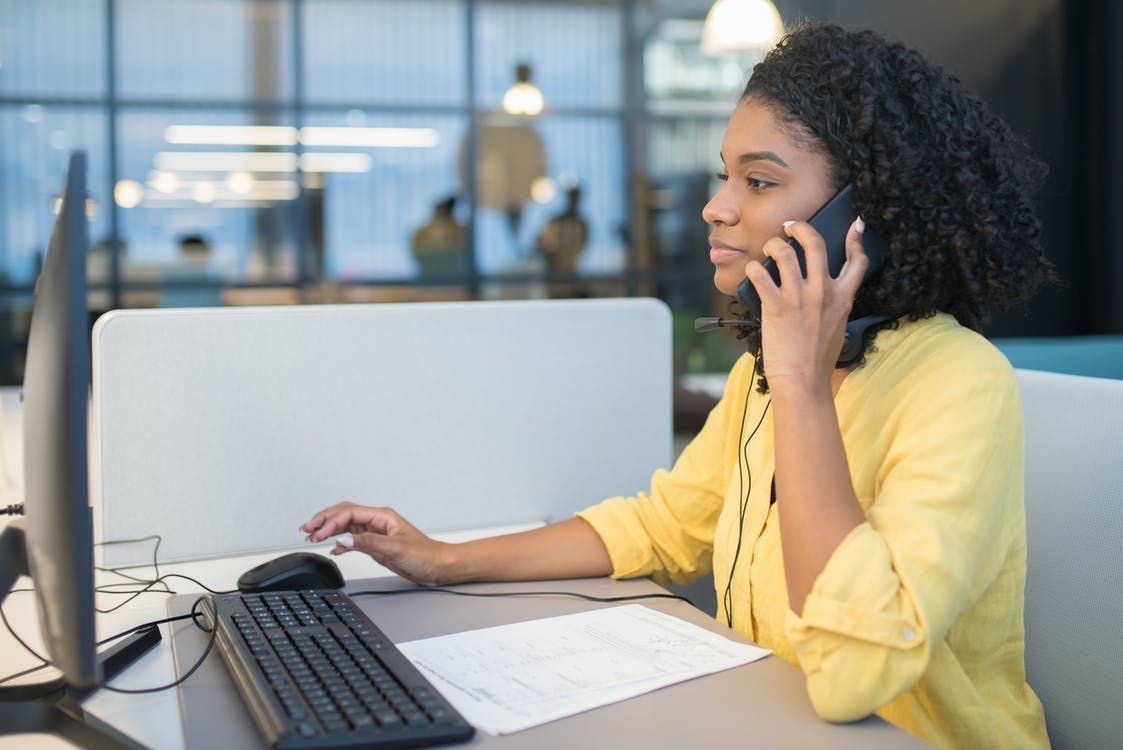All Categories
Featured
Table of Contents
What Is The Best What Is An Answering Service? Company?
This gadget and its followers were designed by Sava Jacobson, an electrical engineer with a personal consulting business. While early voice mail utilized magnetic tape innovation, many modern-day equipment uses solid state memory storage; some devices use a combination of both, with a solid-state circuit for the outbound message and a cassette for the inbound messages.
"toll conserving" listed below) (virtual call answering service). This is beneficial if the owner is evaluating calls and does not wish to speak with all callers. In any case after going, the calling party ought to be informed about the call having been addressed (for the most part this begins the charging), either by some remark of the operator, or by some greeting message of the little bit, or dealt with to non-human callers (e.
This holds particularly for the TADs with digitally saved greeting messages or for earlier machines (before the rise of microcassettes) with a special limitless loop tape, separate from a 2nd cassette, committed to recording. There have been answer-only devices with no recording capabilities, where the welcoming message had to notify callers of a state of current unattainability, or e (answering service).
When Are Best How Do Answering Services Work? Sales

about availability hours. In recording Little bits the welcoming generally contains an invitation to leave a message "after the beep". A voice mail that utilizes a microcassette to tape messages On a dual-cassette answerphone, there is an outgoing cassette, which after the defined variety of rings plays a pre-recorded message to the caller.

Single-cassette voice mail include the outbound message at the beginning of the tape and inbound messages on the staying area. They initially play the statement, then fast-forward to the next offered area for recording, then tape the caller's message. If there are many previous messages, fast-forwarding through them can cause a substantial delay.
This beep is often described in the welcoming message, requesting that the caller leave a message "after the beep". Littles with digital storage for the tape-recorded messages do not show this hold-up, of course. A TAD may provide a push-button control facility, whereby the answerphone owner can sound the house number and, by getting in a code on the remote telephone's keypad, can listen to recorded messages, or delete them, even when away from house.
Where Is The Best Virtual Receptionist (Live Phone Answering Service) Deal

Consequently the maker increases the number of rings after which it responds to the call (normally by two, resulting in four rings), if no unread messages are currently kept, however answers after the set variety of rings (usually two) if there are unread messages. This allows the owner to discover whether there are messages waiting; if there are none, the owner can hang up the phone on the, e.
Some makers likewise enable themselves to be remotely activated, if they have actually been turned off, by calling and letting the phone ring a particular large number of times (usually 10-15). Some service companies abandon calls already after a smaller variety of rings, making remote activation difficult. In the early days of Littles a special transmitter for DTMF tones (dual-tone multi-frequency signalling) was regionally required for remote control, since the formerly used pulse dialling is not apt to communicate suitable signalling along an active connection, and the dual-tone multi-frequency signalling was carried out step-by-step.
Any incoming call is not recognizable with respect to these properties in advance of going "off hook" by the terminal equipment. So after going off hook the calls need to be changed to proper gadgets and only the voice-type is right away available to a human, but possibly, nevertheless ought to be routed to a TAD (e.
What Is The Best What Is An Answering Service Available
What if I informed you that you do not need to in fact pick up your gadget when answering a client call? Somebody else will. So convenient, ideal? Answering call does not require someone to be on the other end of the line. Effective automated phone systems can do the trick simply as effectively as a live agent and in some cases even much better.
An automatic answering service or interactive voice reaction system is a phone system that communicates with callers without a live person on the line - reception services. When business utilize this innovation, consumers can get the answer to a question about your organization simply by using interactions established on a pre-programmed call circulation.
Although live operators update the client service experience, numerous calls do not need human interaction. An easy taped message or guidelines on how a customer can retrieve a piece of details usually solves a caller's immediate need - virtual telephone answering service. Automated answering services are a simple and efficient method to direct inbound calls to the right individual.
Who Has The Best Answering Services?
Notice that when you call a business, either for support or item questions, the very first thing you will hear is a pre-recorded voice welcoming and a series of alternatives like press 1 for consumer service, press 2 for inquiries, and so on. The pre-recorded alternatives branch off to other choices depending on the consumer's selection.
The phone tree system assists direct callers to the best person or department using the keypad on a smart phone. In some instances, callers can use their voices. It deserves noting that auto-attendant alternatives aren't restricted to the ten numbers on a phone's keypad. When the caller has picked their very first alternative, you can design a multi-level auto-attendant that uses sub-menus to direct the caller to the ideal kind of help.
The caller does not have to communicate with a person if the auto-attendant phone system can manage their concern. The automated service can path callers to a worker if they reach a "dead end" and need assistance from a live representative. It is expensive to hire an operator or executive assistant.
What Is The Best What Is An Answering Service? Brand
Automated answering services, on the other hand, are substantially less costly and offer substantial cost savings at an average of $200-$420/month. Even if you do not have actually devoted personnel to manage call routing and management, an automatic answering service improves efficiency by allowing your group to concentrate on their strengths so they can more efficiently invest their time on the phone.
A sales lead routed to customer care is a lost shot. If a consumer who has product questions reaches the wrong department or gets incomplete responses from well-meaning workers who are less trained to handle a specific kind of concern, it can be a reason for frustration and frustration. An automatic answering system can lessen the variety of misrouted calls, consequently helping your workers make better usage of their phone time while maximizing time in their calendar for other jobs.
With Automated Answering Systems, you can create a customized experience for both your personnel and your callers. Make a recording of your primary greeting, and just upgrade it regularly to show what is going on in your organization. You can create as many departments or menu choices as you want.
Latest Posts
Efficient After Hours Answering Near Me
Value Custom Phone Answering – Australia
Value Affordable Answering Service – Melbourne 3182